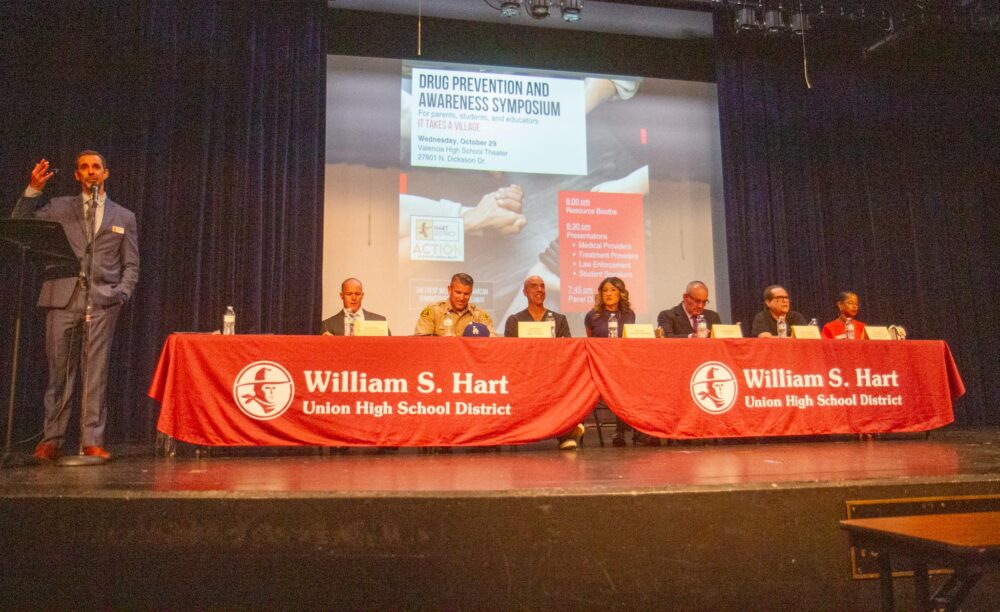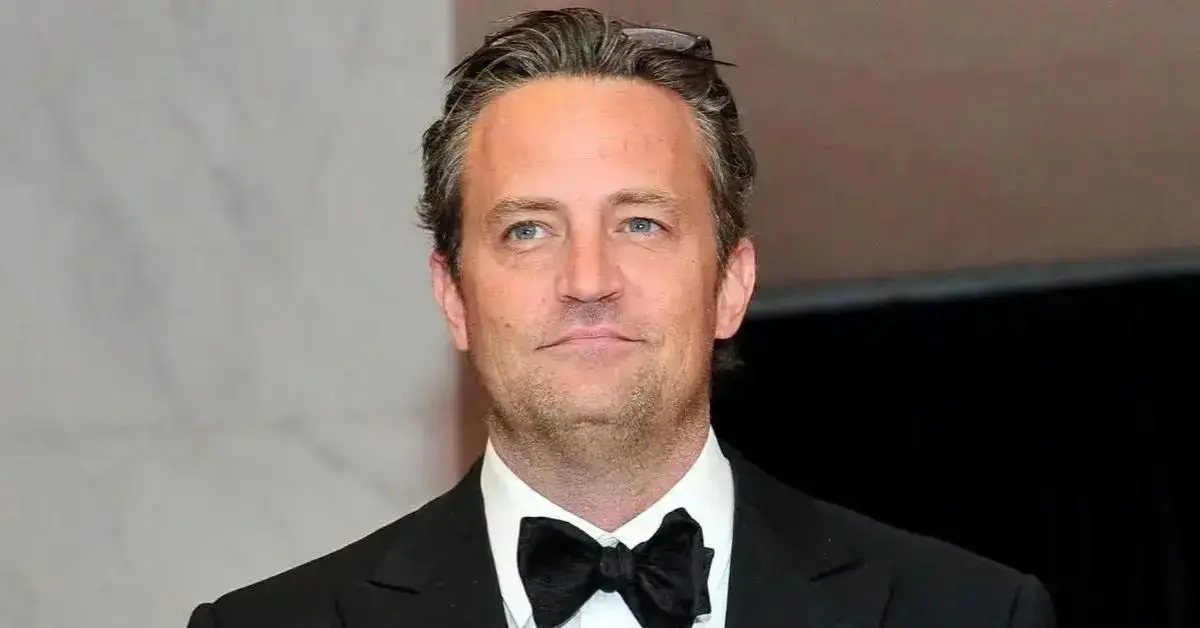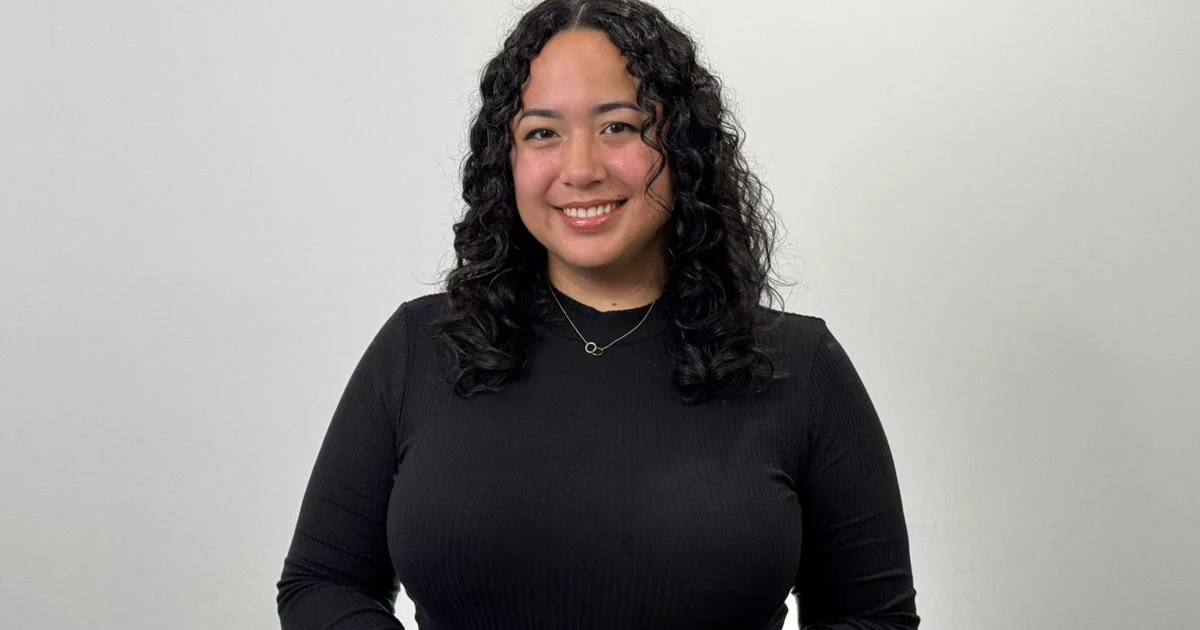Copyright Santa Clarita Valley Signal

MarLee Perez began abusing alcohol and drugs as early as middle school in an attempt to cope with her depression and anxiety. The only person who knew she was using was her little brother, who is four years younger than her. Her parents never knew, and whenever Perez relapsed or self-harmed, she’d run to the only person she found comfort in. Her brother would then tell her, “It’s OK, MarLee, I love you. I hope you get better,” as he embraced her in a hug, she said Wednesday the William S. Hart Union High School District’s first Drug Prevention and Awareness Symposium at Valencia High School. After transferring schools in hopes of a road to recovery, she began to associate with a crowd of teenagers who were also participating in illegal drug and alcohol abuse, which only influenced her to continue making poor decisions. As time went on, her mental health worsened, eventually leading to a suicide attempt, she said, and she left a mental health institution, her family began to seek solutions for the Valencia High School sophomore. She began to take counseling and participated in discussion groups with others struggling with similar challenges. “I thought that it was really cool that everybody could talk about their feelings and not just have to talk about their using,” she said to the audience, and as she started seeking ways to strengthen her relationship with God, “I connected one of the messages with my sobriety and I thought ‘I think I’m going to get sober, because this is what God would have wanted for me to better myself,” she said. Now, Perez will be 10 months clean in November and credits her support system, which includes her parents, counselors and loved ones, as a major factor in her recovery. To provide different perspectives about the topic, the Hart district invited Perez to share her success story at the symposium, created for parents, students, and teachers to learn about the dangers of drugs and substance abuse. Other key speakers for the symposium were Los Angeles County Sheriff’s Department Lt. Bobby Dean with the Narcotics Bureau, Capt. Brandon Barclay of the Santa Clarita Valley Sheriff’s Station, Ted Peck, an emergency room doctor at Henry Mayo Newhall Hospital, Jaime Puerta, advocate and a parent who lost a child to illicit drugs, and Cary Quashen, chief executive officer of Action FAMILY Counseling drug rehabilitation and mental health. At the event, Hart district Superintendent Michael Vierra thanked Los Angeles County Supervisor Kathryn Barger for providing $50,000 to the WiSH Education Foundation, which pays for events like the Drug Symposium and other activities within the district. “We appreciate not only the support monetarily, but also all the support that she has for mental health services and other prevention initiatives, really to combat the drugs and alcohol crisis through early intervention,” Vierra said. “I’m proud to support our students as they lead the fight against fentanyl and substance abuse,” Barger said in an emailed statement provided by Stephanie English, senior deputy to the supervisor. “”The $50,000 investment I provided empowers young people to use their own voices, creativity, and lived experiences to educate their peers and build a culture of prevention, awareness and hope. We must do everything possible in our power to prevent the loss of any more young lives to fentanyl or drugs. I fully support this campaign because it’s about saving lives and protecting our future.” According to Barclay, it only takes 0.2 milligrams of fentanyl to be lethal. Many fatal doses are often accidental, Dean added. Recently there’s been a spike in fatal fentanyl doses among adolescents because they hope to get in possession of painkillers or amphetamines to help with studying, but 75% to 80% of pills marketed as such are laced with fentanyl. Dean advised parents to check children’s phones regularly because, these days, one can easily access a person selling drugs through social media apps such as Snapchat, Whatsapp, and Instagram. Dean added that secondary apps can be disguised to look like something else. “Most victims’ parents, say this: ‘My kid wouldn’t do that, not my baby,’” Dean said. “But the reality is, it could be any of our kids … Be your own detective. No one’s going to care about your case more than you.” One way parents can help children avoid abusing drugs is by “removing shame from the conversation,” Peck told the audience. “If you feel like your child might be using, and if you’re a teenager or any age, and you have been using, to not feel somehow kind of morally corrupted or shamed by that because it happens to everyone.” Before, people participating in drug use only worried about “not going to college or you’ll end up in prison,” Peck said, but for today’s generation, “there’s this added wrinkle, you may kind of abruptly stop breathing and be found dead.” “As much as our partners here, law enforcement, and teachers, and parents want to protect you, eventually they can’t. You will be in a situation where you’re confronted with your own decision,” Peck added. Puerta lost his son, Daniel, on April 6, 2020, to illicit fentanyl poisoning. “I found him dead in the safest place in the world, which was in his bedroom,” Puerta said, as his voice broke. “There’s nothing more, as a parent, more crushing or more horrific that can happen than finding your dead child and then trying to figure out what the hell just happened.” When he returned to Daniel’s bedroom, he found half a blue pill that looked like Oxycodone. Stigma is a large reason Puerta believes there’s a drug crisis among young people, because “every time we hear of somebody that dies due to drugs, we just like, shake it off. It didn’t happen to me. It didn’t happen to my family. So let’s just move on,” he said. “Kids are supposed to make mistakes. They’re not supposed to die from them,” he added. Quashen has worked with recovering users for over four decades and told parents to lead by example because it all starts at home. “All drugs kill,” he said. It may not be today or tomorrow, but there could be a day where a substance is laced and, “The only way we’re going to do this is to talk to our children.”



